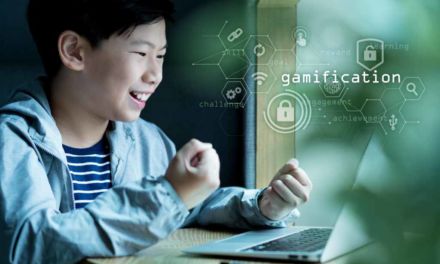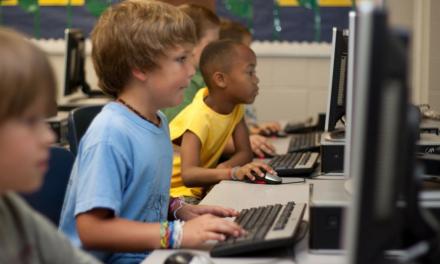Does gamification assist primary school children learning?
Reading time: 3 minutes
The use of game mechanics in settings that are not intended for gaming is called gamification. It is done to improve the user experience. It is not a simple effort to create a learning environment that encourages creative thinking. Teachers often adhere to more conventional methods during language instruction, such as the chalk-and-talk method. Lessons conducted using pen and paper are less appealing to primary school children of the 21st century, who would rather participate in activities that are more like games. Because of this, the use of gamification in the classroom would immediately result in passion and interest, leading to the learners’ eagerness to study.
What is gamification?
The use of game-design components and game-play principles in settings unrelated to gaming is what is meant to be understood as “gamification.” For instance, the acquisition of virtual “points” or some other form of currency, as well as the completion of a series of tasks or activities to advance to the next level, are both elements that can be used in contexts other than gaming to provide a learning environment that is both enjoyable and stimulating.
Read More




